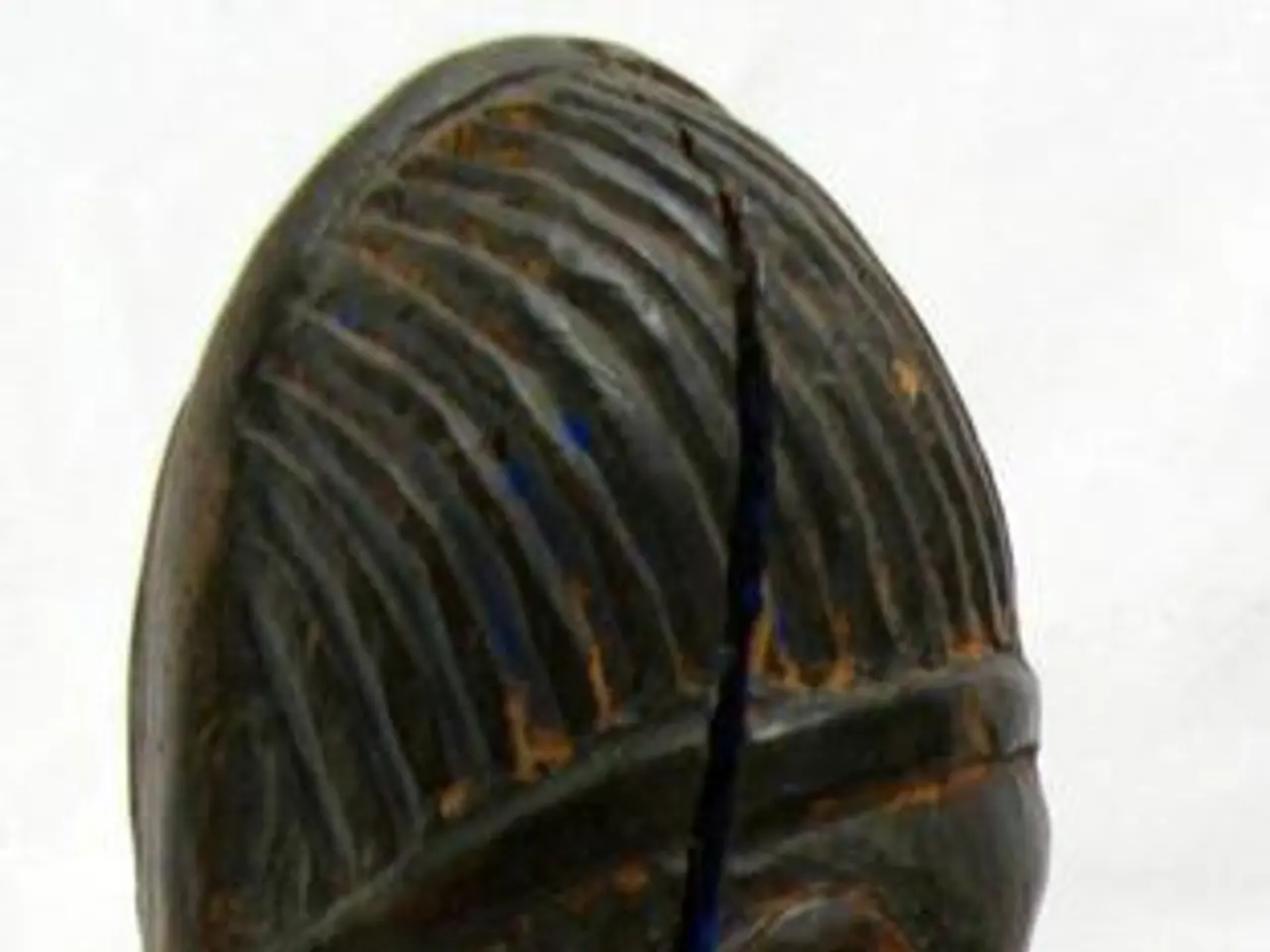Bonsai Sculpting with Deadwood: Infusing Personality and Antiquity through Jin and Shari Techniques
In the world of Bonsai, advanced techniques for creating intricate and natural deadwood features are essential for seasoned artists. These techniques include the art of Jin, where dead branch tips are stripped and carved to mimic natural dead limbs, and Shari, which involves removing bark along trunk sections to imitate natural scars or damage revealing inner wood.
Other common techniques include Peeling/tearing, where sections of bark or wood fibers are carefully pulled to create texture and natural-looking deadwood shapes, and Carving and shaping, using specialized hand tools to scoop, carve, and refine the deadwood area for a weathered appearance.
When it comes to tools, hand tools that allow detailed, controlled work are preferred to avoid unnatural scars. Scoop carving tools, flex cut tools, pliers, hand knives, and chisels are some of the best-suited tools for these techniques. Power tools are generally discouraged in traditional Bonsai deadwood carving, as they tend to leave unnatural, rough scars.
A gradual and layered peeling approach, instead of ripping big chunks, maintains live vein tension and balance with living parts of the tree. This cautious approach helps create aesthetically pleasing deadwood features that look naturally weathered.
Different species of trees exhibit unique grain patterns, which can greatly impact the final appearance of the carved deadwood. Strategically placed deadwood features can create striking silhouettes, casting shadows that evoke a sense of mystery and intrigue. Deadwood can also be carved to reveal intricate textures, reminiscent of ancient, weathered wood, adding an air of authenticity to the design.
Deadwood can evoke feelings of nostalgia, reminding us of the impermanence of life and the beauty that lies in decay and rebirth. The time it takes for carved deadwood to develop a natural patina varies depending on environmental factors, such as climate, humidity, and exposure to sunlight, but generally ranges from several months to several years.
Following the grain guarantees a smooth, even surface that showcases the natural beauty of the wood. Deadwood features, when carefully carved and integrated into a bonsai's design, can profoundly enhance its character by introducing a sense of history, drama, and emotional depth. Understanding grain flow considerations enables artists to carve deadwood features that not only respect the wood's natural beauty but also create a visually stunning, harmonious whole.
In summary, the combination of these techniques and hand tools allows Bonsai artists to create intricate and natural deadwood features while preserving the live tree’s vitality and aesthetic balance. By embracing imperfections and understanding the wood grain pattern, artists can coax forth the hidden character of each tree and share its wisdom with the world.
Expanding from the realm of Bonsai, techniques such as Peeling/tearing, Carving and shaping, and gardening can help bring about a weathered and natural-looking Home-and-garden aesthetic in our own Gardening projects. Similarly, when working with live plants at home, utilizing hand tools for detailed, controlled work is crucial for avoiding unwanted damage and maintaining the balance of the overall lifestyle.





